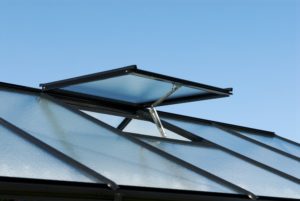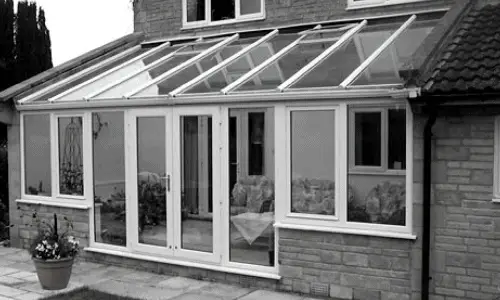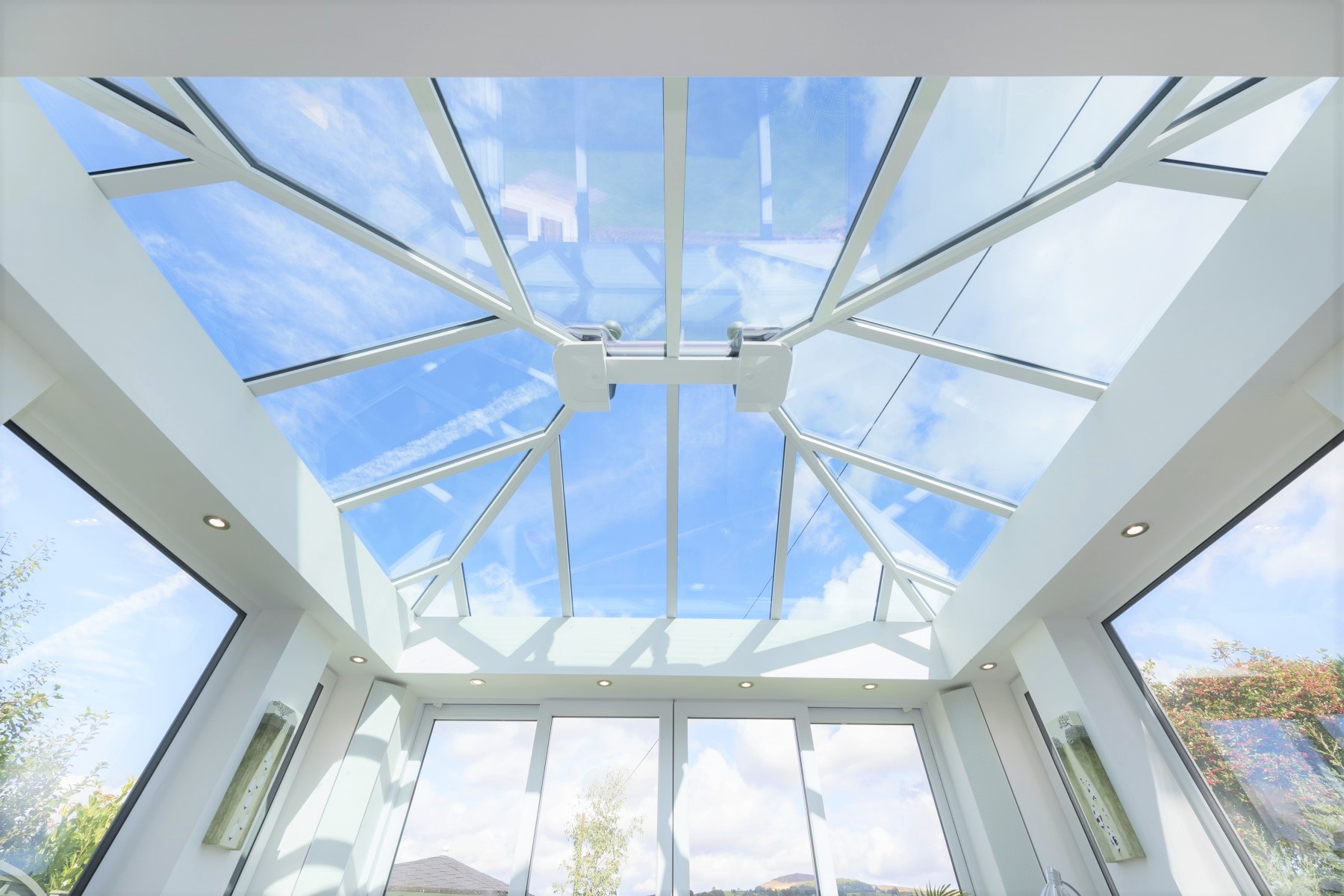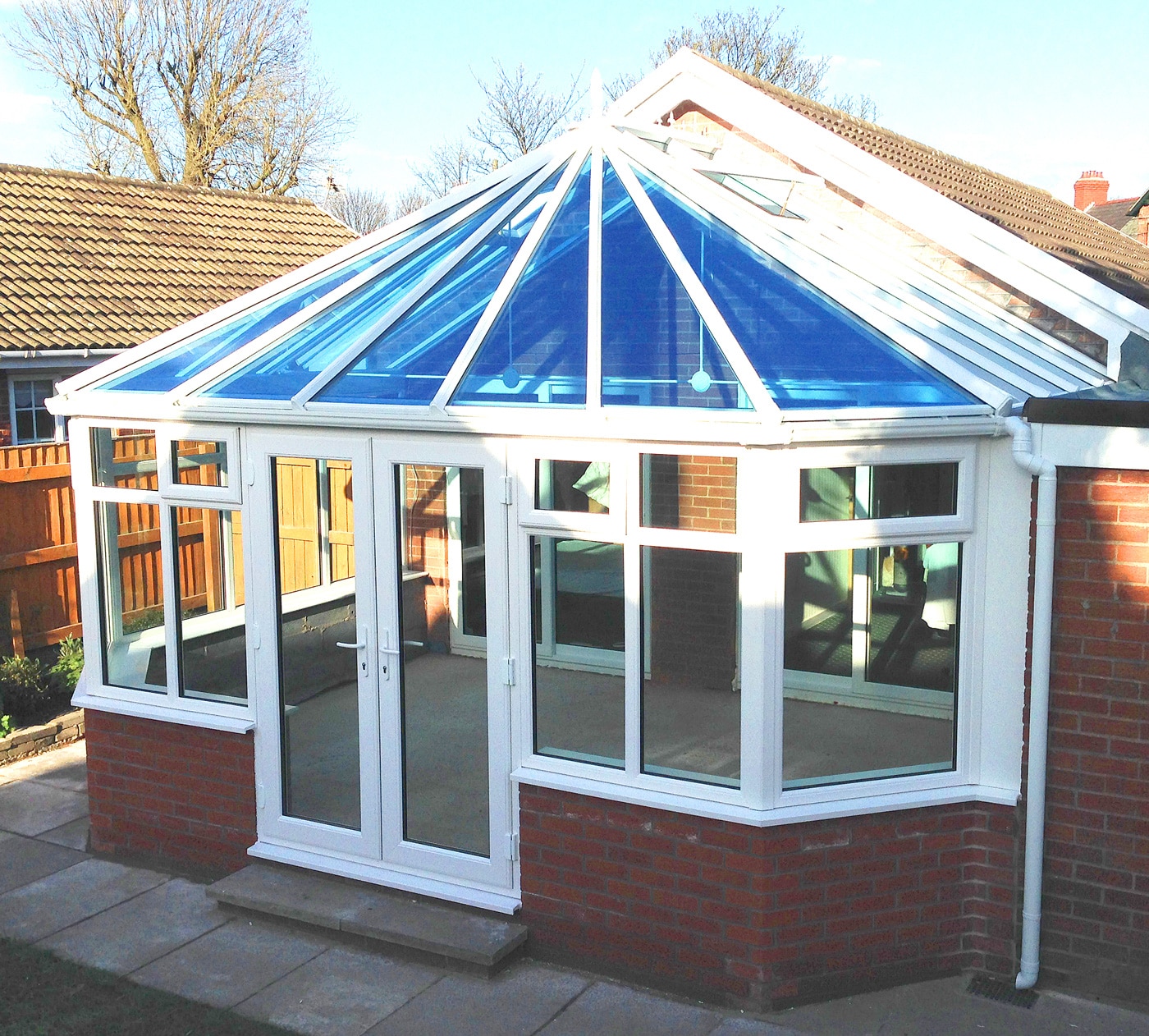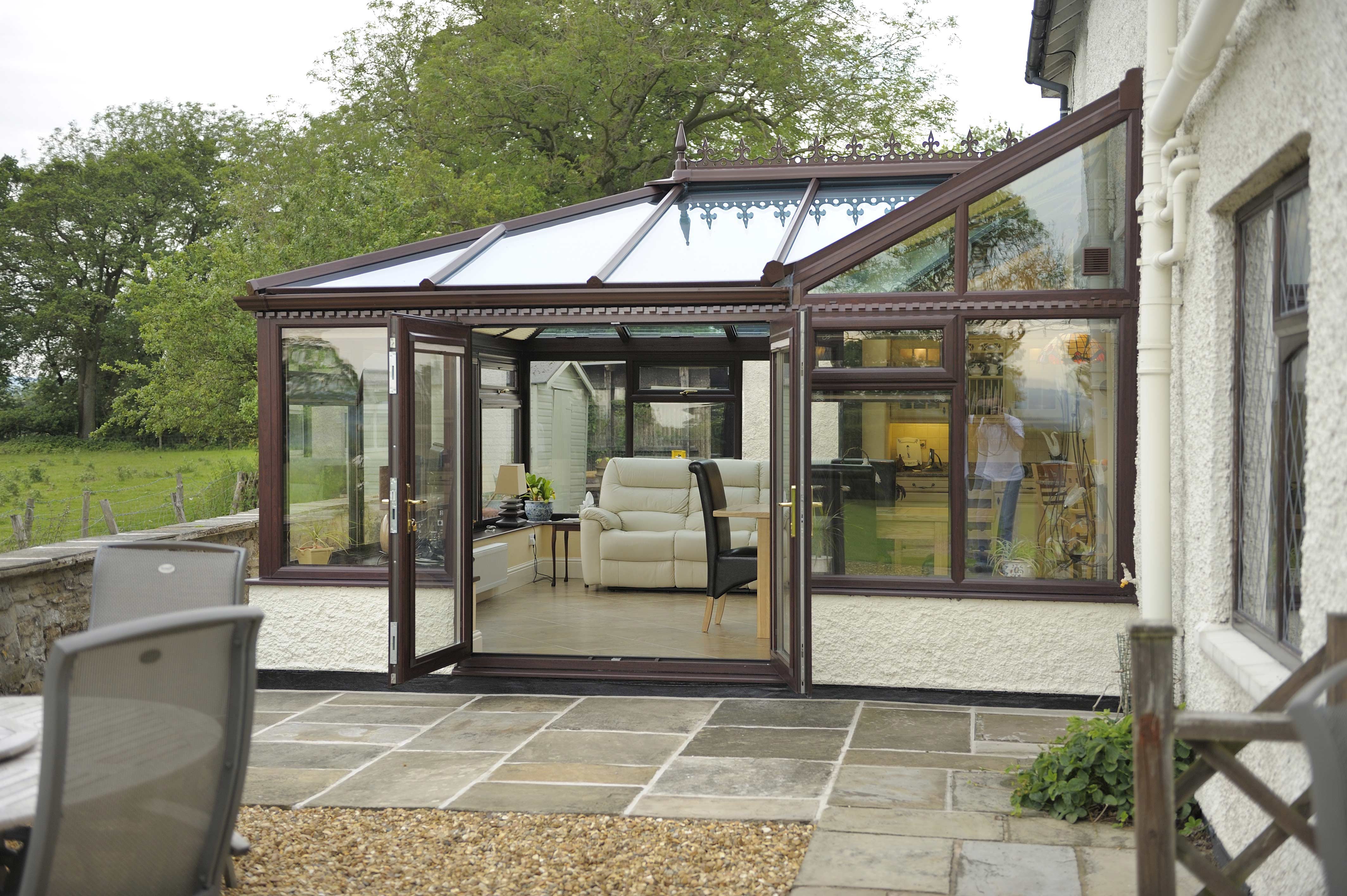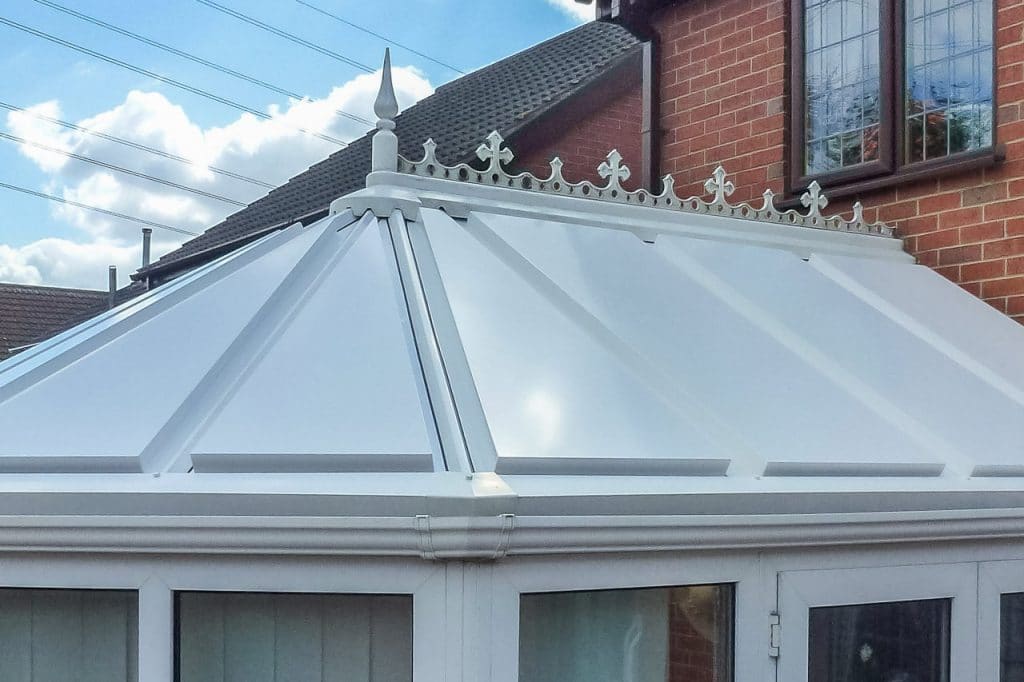How Much Heat Is Lost Through Conservatory Roof

It also tends to feel much warmer because the heat rises directly up from the floor passing through you and your furniture.
How much heat is lost through conservatory roof. Essentially the insulation forms a barrier that stops heat being lost through the ceiling. Then and only then can you establish the heat loss. Just like building a new conservatory installing this effective insulation doesn t need planning permission either making it perfect for any style of conservatory. I have identified the heat loss is the roof which is polycarb.
By fitting an insulated ceiling 80 or more of the heat usually lost through the glass or polycarbonate roof is retained in the winter. In the video below paul talks through the different levels of heat loss that occurs with the three different types of roof. It will also stop your conservatory getting too hot. Solid roofs are an attractive option for the environmentally conscious as they are efficient at reducing the amount of heat lost through the roof of the conservatory.
Energy efficient old polycarbonate roofs that were installed 10 or more years ago tend to lose a lot of heat. Paul as the skipper said you can t heat a conservatory unless it s been built to a very high insulation standard. Firstly you need to establish the u values of the walls roof floor etc. Give or take about 25 of the heat produced by your boiler will escape through the roof of your home.
I have a conservatory that is very cold in winter. 25 of the heat from your boiler will be lost through the roof of your home. The way this works is very similar. However there is every chance that you ll be farting at thunder trying to heat your average conservatory.
When correctly installed the revolutionary system can prevent 91 of the heat that is lost through the conservatory roof. Conservatory roofs are notorious for allowing heat to escape especially ones which were built more than 10 years ago. Below you can see the comparison in the different roofs and the amount of heat loss that comes with the.





